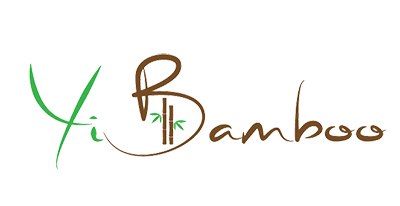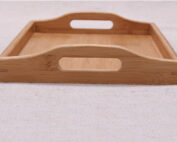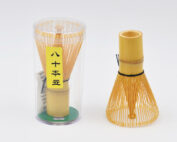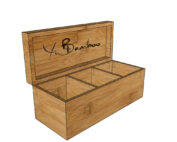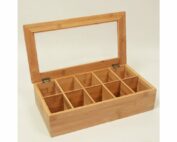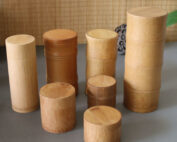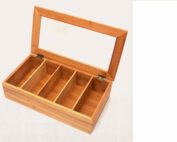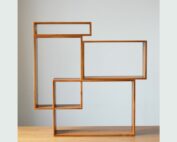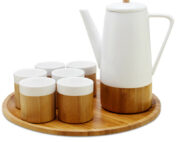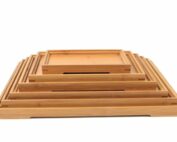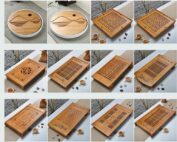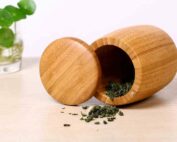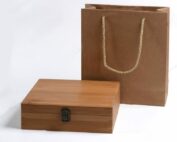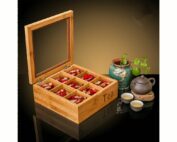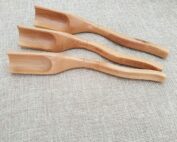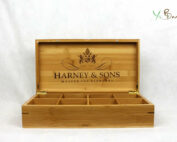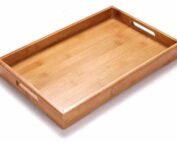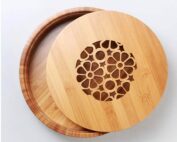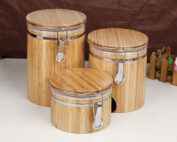Bamboo wood
| Property | Description |
|---|---|
| Density | Ranges from 650 kg/m³ to 750 kg/m³ |
| Hardness | suitable for high-wear applications |
| Tensile Strength | Higher than many alloys of steel |
| Compressive Strength | Higher than many concretes |
| Flexibility | Moderate flexibility |
| Moisture Content | low moisture absorption |
| Durability | Highly durable, resistant to insects |
Material Description
Bamboo is a versatile and sustainable material often praised for its rapid growth and robust characteristics. Unlike traditional hardwoods, bamboo is actually a type of grass, making it one of the most renewable resources in the industrial world. It can be harvested in 3 to 5 years and does not require replanting, as the plant regenerates from its roots.
The visual appeal of bamboo wood lies in its color variation—from pale yellow to rich golden brown—and its distinctive grain pattern, which can vary from simple and straightforward to intricate and unique depending on the species and treatment. This natural patterning makes each bamboo piece one-of-a-kind. The material also features a smooth surface that can be polished to a high gloss or left with a more natural, matte finish.
Environmental Impact
Bamboo is considered one of the most sustainable materials due to its ability to grow rapidly and sequester carbon at high rates. It requires no fertilizer and self-regenerates from its own roots, which helps prevent soil erosion and can improve soil quality. Furthermore, bamboo produces 35% more oxygen than equivalent stands of trees, making it a crucial component in the fight against global warming.
Using bamboo also reduces our reliance on dwindling timber resources and provides an eco-friendly alternative to plastic and other non-biodegradable materials. Additionally, bamboo forests have high biodiversity, supporting a wide array of wildlife. The sustainable harvesting of bamboo can help drive economic growth in rural areas where economic opportunities are often limited.
Usage and Applications
Bamboo wood is extensively used in the manufacture of a wide range of products due to its durability and aesthetic appeal. In your case, bamboo is an excellent choice for wooden boxes, offering both strength and beauty. The wood can be crafted into various box designs, from simple storage containers to sophisticated gift boxes.
Bamboo’s natural beauty adds value to the products made from it, making them highly desirable for both practical and decorative purposes. It is also commonly used in making musical instruments, sports equipment, and even bicycles, showcasing its versatility. In the context of wooden boxes, bamboo provides a sturdy yet lightweight solution, ideal for both high-end and everyday use products.
Care and Maintenance
Maintaining bamboo products is straightforward, ensuring they last a long time with minimal effort. To clean bamboo wood, simply use a damp cloth and a mild soap. Avoid using harsh chemicals or abrasives, as these can damage the wood’s natural finish. For daily care, it’s sufficient to dust off the surfaces with a soft, dry cloth.
In humid or wet environments, it’s important to keep bamboo wood dry to prevent mold growth. If the wood does get wet, dry it promptly to maintain its integrity. Periodically, you might consider applying a mild oil or wax designed specifically for bamboo to enhance its natural luster and protect the surface.
By following these simple care instructions, your bamboo wood products can remain beautiful and functional for years to come, retaining their natural elegance and strength.
